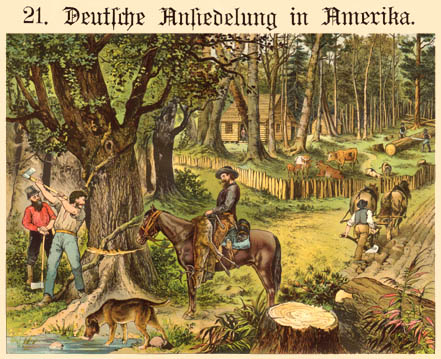Tennessee law required the survey of the Districts into six mile
squares, (later, in five mile squares in West Tennessee). That was
accomplished, however, the surveyor did not survey the individual tracts
using that system. The section and range system establish by the State
Assembly quickly fell into disuse and individual tracts in Middle and
East Tennessee
continued to be surveyed with the “Metes and Bounds” system.
There may have some exceptions to this in the Ocoee District and
Districts 7 through 13.
Many old records still exist from these Districts, especially for Middle
Tennessee.
Notes;
1. Our United States Constitution gives Congress the right to make
treaties with other nations. Congress considered the Indian lands to be
lands of a foreign Nation, and therefore Congress reserved to itself, the right to
treat with those Indian nations.
2. Public Land surveying system occurred in states where the land
ownership was vested in the United States Government, rather than the
separate states. Commonly referred to as “Public Domain.” It
is a system that is used in much of the United States, except the
original thirteen states, Kentucky, Maine, Tennessee, Texas, Vermont,
and West Virginia.
* Gerald O’Hara, father of
Scarlett
O’Hara.
From Margaret
Mitchell’s wonderful novel,
Gone With the Wind
Land Home Page
Thanks for dropping
by.
Please visit us again.
This page last updated
on
© 1998-2004
TNGenNet, Inc.
All Rights Reserved
